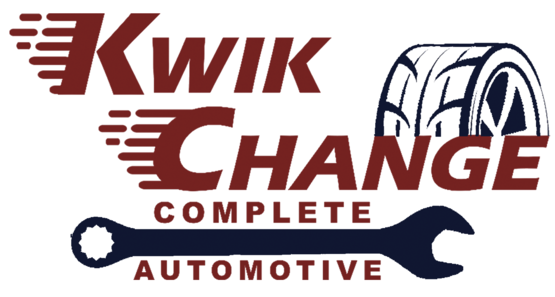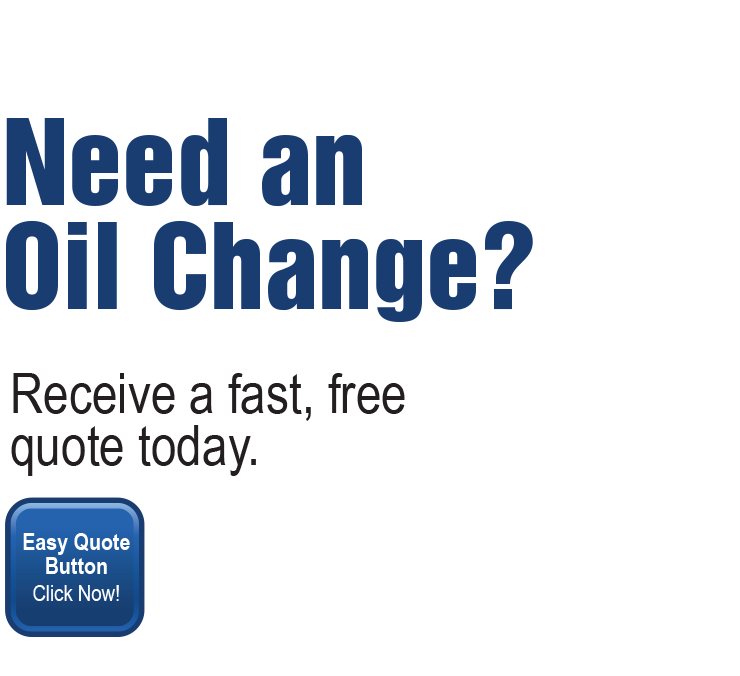Good automotive tires are one of the most critical
components in driving safety. New tires, properly inflated can make
the difference in an emergency.
Proper wheel alignment, good tire
treads, regular tire rotation and high-quality tires all work together to
improve gas mileage, handling, braking and the overall safety of your
automobile.
- New Tire Selection
- Used Tires
- Flat Repair
- Wheel Alignment
- Wheel Balancing
- Tire Rotations
- Custom Wheel Selection
Call us today with questions or for more information about tires for your car or truck.
Kwik Change Lube & Service Center with Economy Tire
10557 Hwy 36
Covington, GA 30014
678-658-6388
Award Winning Tire Shop!
2018 Best of Newton County -- #1 Tire Shop
Tire Services include:
- New Tire Selection
- Used Tires
- Flat Repair
- Wheel Alignment
- Wheel Balancing
- Tire Rotations
- Custom Wheel Selection
New Tire Purchases Receive:
-
Tire Mounting
Our trained experts will make sure
that your new tires are mounted safely.
Included in your service:
- Remove the old tires
- Mount and seal the new tires
- Inflate and balance each tire
-
Tire Disposal
We will handle the disposal of your old tires making sure that scrap tires are disposed of properly and with respect for our environment.
-
Computer Balancing
New tire installation includes balancing. Tires should be balanced each time they are mounted on a wheel, for example after installation of a new tire, or remounting a tire after a proper flat repair.
Properly balanced tires are important for driving comfort and long tire
life. As tires wear, the balancing characteristics may change leading to a vibration that develops over time. Tires should be re-balanced at the first sign of vibration or "shimmy". An unbalanced tire can cause vibration, resulting in driver
fatigue, premature tire wear and unnecessary wear to your vehicle's
suspension components.
-
Pressure Adjustments
Your new tire purchase includes tire pressure checks.
Tires lose up to 1 pound per square inch (PSI) every month. Checking your tire pressure monthly is a good way to ensure that tires are properly inflated. Properly inflated tires achieve better gas mileage and promote safety. Remember to check your spare tire as well.
For "Do-It-Yourself" tire pressure checks:
- Purchase a trusted tire pressure gauge.
- Check tire pressure when tires are cold.
- Insert pressure gauge into the valve stem on
your tire. The gauge will “pop” out and show the current tire pressure PSI.
- Compare the current PSI to the recommended PSI found on the
sticker inside the driver’s door of your vehicle or in the owner’s manual. DO NOT compare it the max PSI on your tire’s sidewall*.
- If the current PSI is higher than the recommended PSI number, let some air out of the tire until the numbers match. If the current PSI is less than the recommended PSI, add air until it
reaches the recommended PSI.
*The PSI number labeled on the tire is the
maximum allowed PSI (rather than the recommended PSI).








